two-way sync
Azure DevOps ServiceNow Integration
Map Azure DevOps work items and ServiceNow records both uni- and bi-directionally. Let your teams collaborate on different systems and share data seamlessly.
Integrate ServiceNow and Azure DevOps and share data between standard and custom fields.
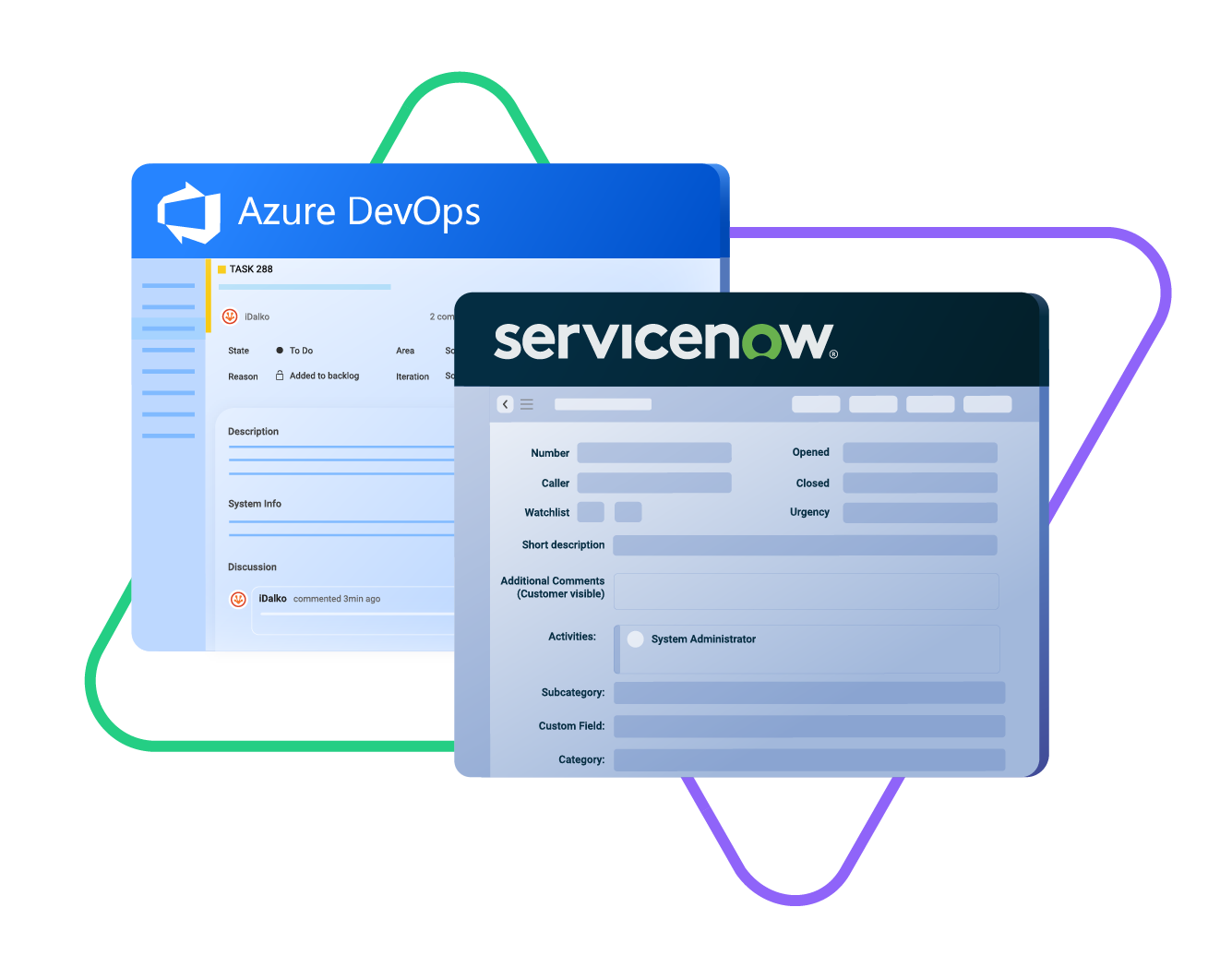
Sync type, title, creator...
sync status, description, priority...
sync attachments, custom fields...
sync comments...
Sync Urgency, state, sys id, caller, category...
Sync summary, description, comments...
Sync attachments, custom fields...








Real-Time Azure DevOps to ServiceNow Sync
Get essential data to the right team without context switching between Azure DevOps and ServiceNow.
Real-time status updates on critical incidents
Speed up customer response times
AI-powered sync scripting and field mapping
Tailor the integration to match your specific needs, from issue types to custom fields
Accurate and consistent reporting for the right stakeholders
Prioritize customer requirements and priorities with automatic syncs
Sync Any Entity Between Azure DevOps and ServiceNow
Use uni-directional or bi-directional mapping to configure fields to meet your requirements.
You get to choose what's synced and what isn't. It's your sync, your rules.
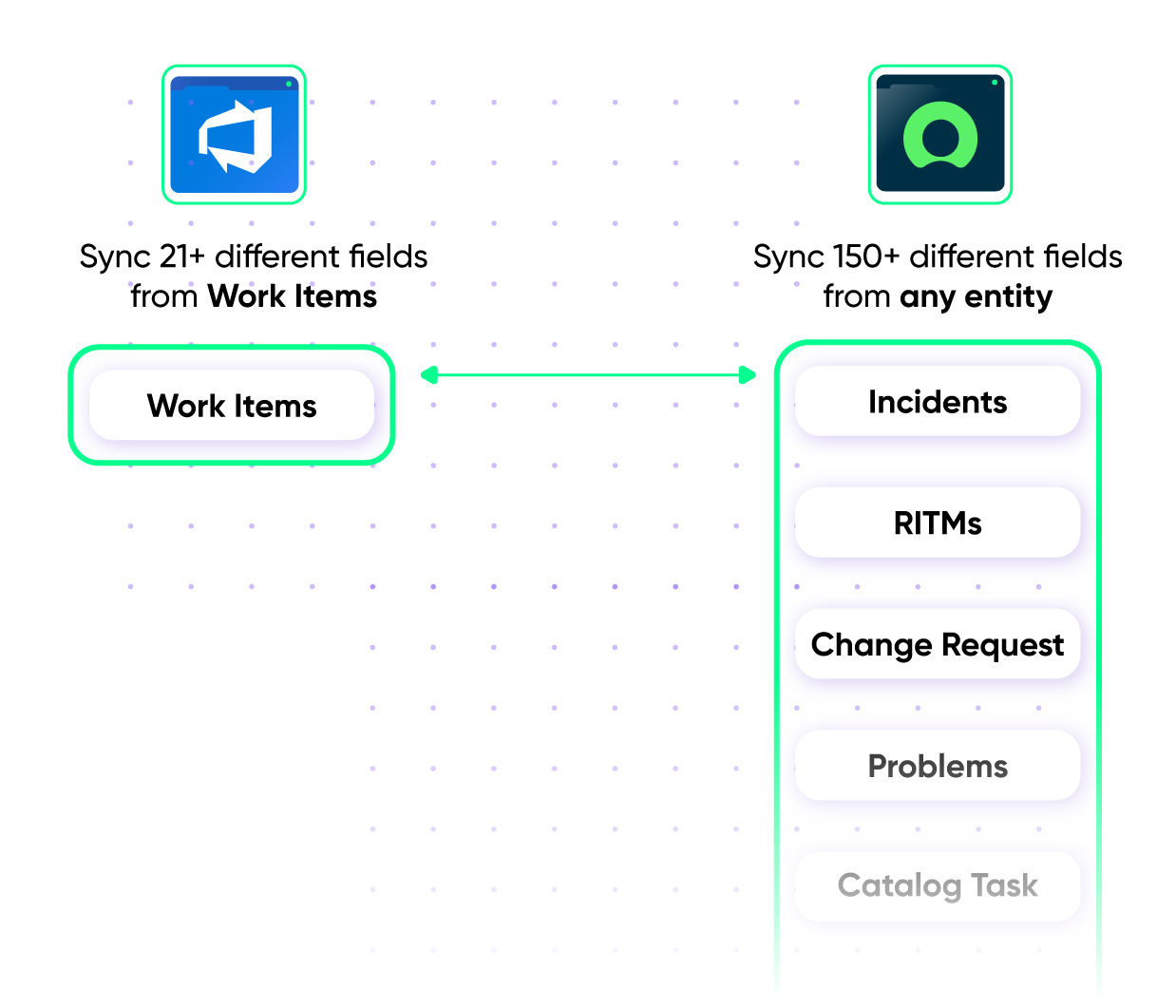
Check the full list of supported fields for Azure DevOps and ServiceNow
Improve Collaborations Through Azure DevOps integration with ServiceNow
Bi-directional Sync
Achieve a real-time uni or bidirectional sync with advanced mapping options between default and custom ServiceNow fields. Choose what to sync and what to exclude based on your needs.
Automated Integration
Use custom triggers to control how the ServiceNow integration with Azure DevOps sync functions. Set up automated syncs to establish more granular controls.
Bulk Operations
Use the custom Bulk Exalate feature to save time. Streamline workflows by connecting multiple existing entities with similar trigger configurations.
Flexbility with AI Assistance
Explore multiple mapping and syncing possibilities with the help of an AI-powered scripting engine, AI Assist. Use the Groovy-based Script mode to full capacity to configure advanced use cases.
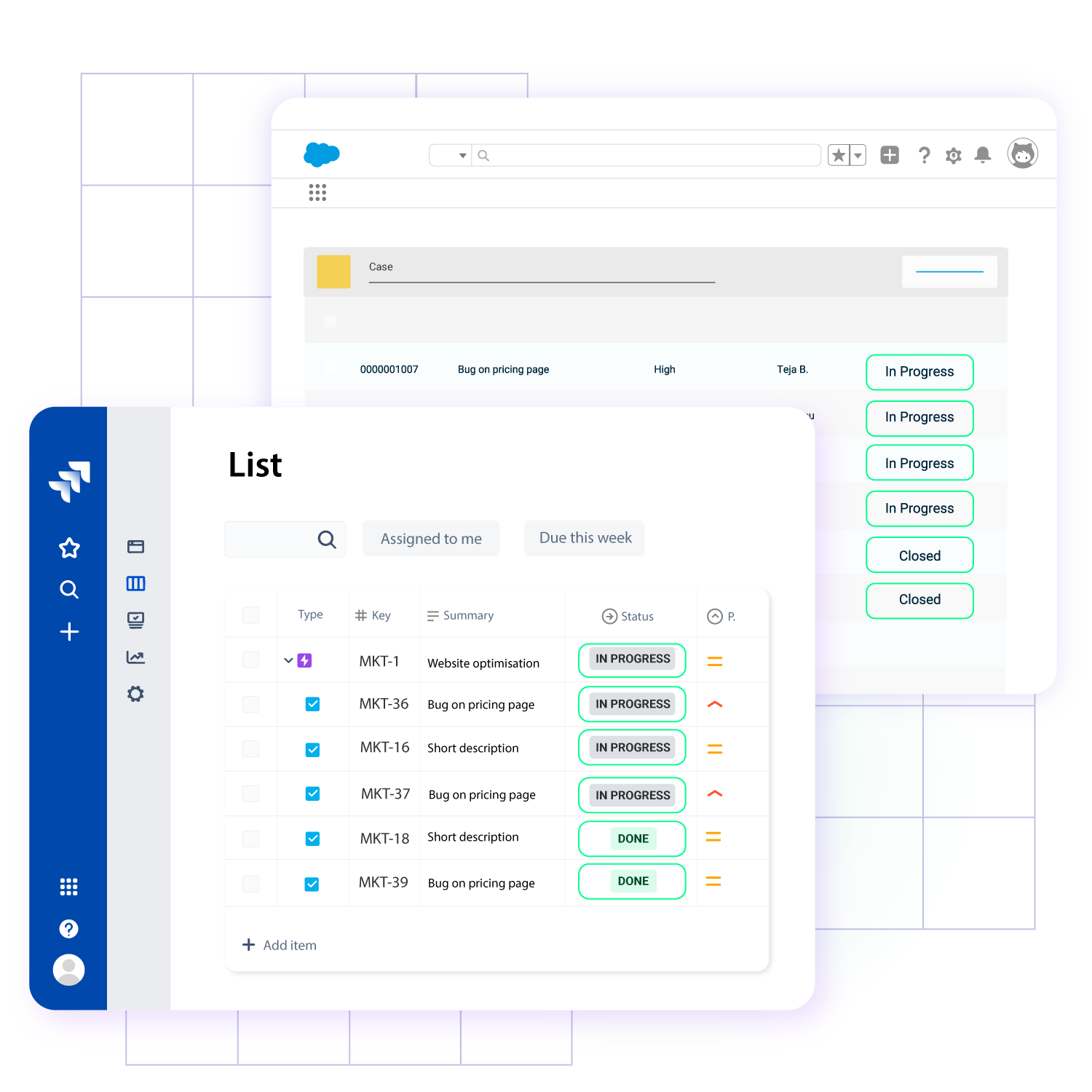
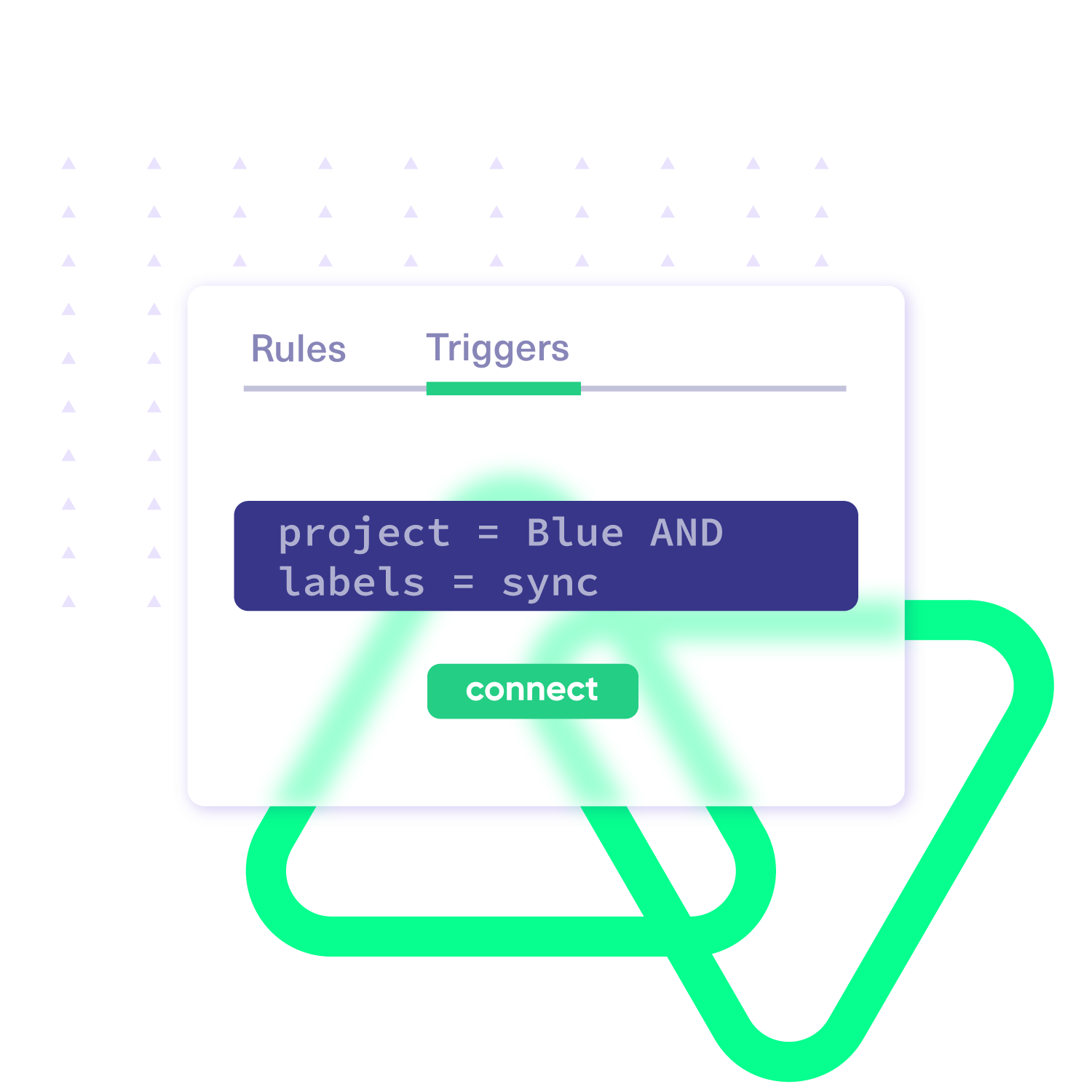
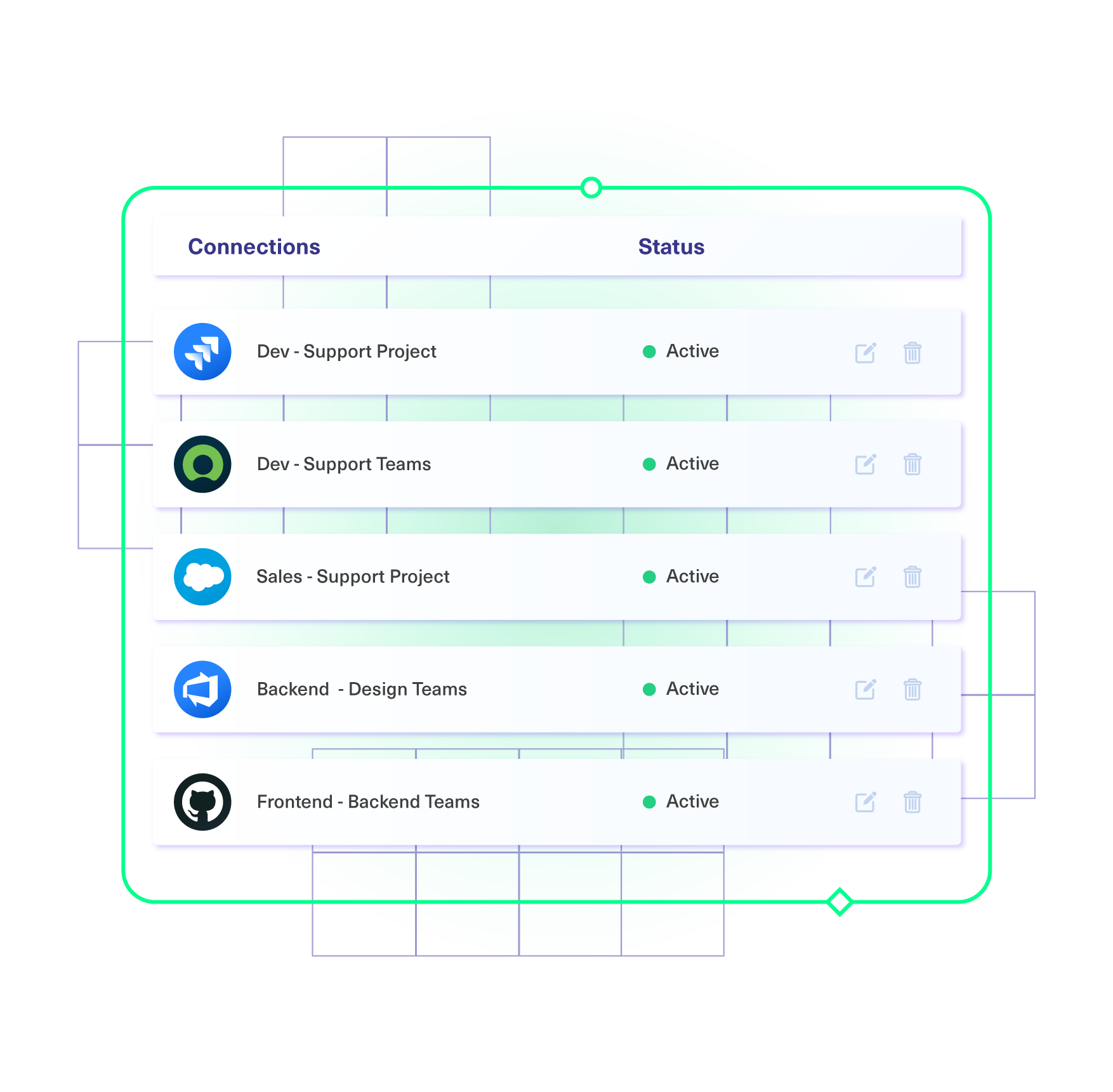
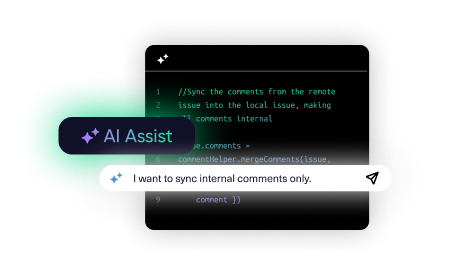
Decentralized Integration
Maintain independent control over your Azure DevOps and ServiceNow integration, even for cross-company syncs. No need to share admin rights and there is no risk of exposing confidential information.
Better Scalability
Get ServiceNow to Azure DevOps integration rolling with default connections for simple use cases. Scale up with the help of AI-powered script-based custom connections.
Advanced Security
Keep the protection of sensitive business data top-of-mind by trusting our single-tenant architecture. Stay ahead of any suspicious activity using advanced endpoint detection and response (EDR).
“
The advantage of Exalate’s decentralized architecture is that it’s not like a new learning curve for the customers to get into a new platform and figure out how they need to operate. They can just operate as they normally do, and that makes a huge impact on the overall outcome of security incidents.
Alexander Sinno |

Get Started In Minutes
01
install
Install the Exalate app on all the tools you want to sync. This way, every admin has complete control over their integration.
02
connect
Use the instance URL to connect the instances you want to integrate. Choose the no-code set-up or the Script Mode.
03
customize
Configure your sync rules to make sure the right data is shared. Automate your sync with triggers.
04
synchronize
Now your instances are connected and will automatically exchange information instantly. Happy syncing!
Start Simple, Scale As You Go
Work with standard ServiceNow Azure DevOps integration to connect simple fields and entities.
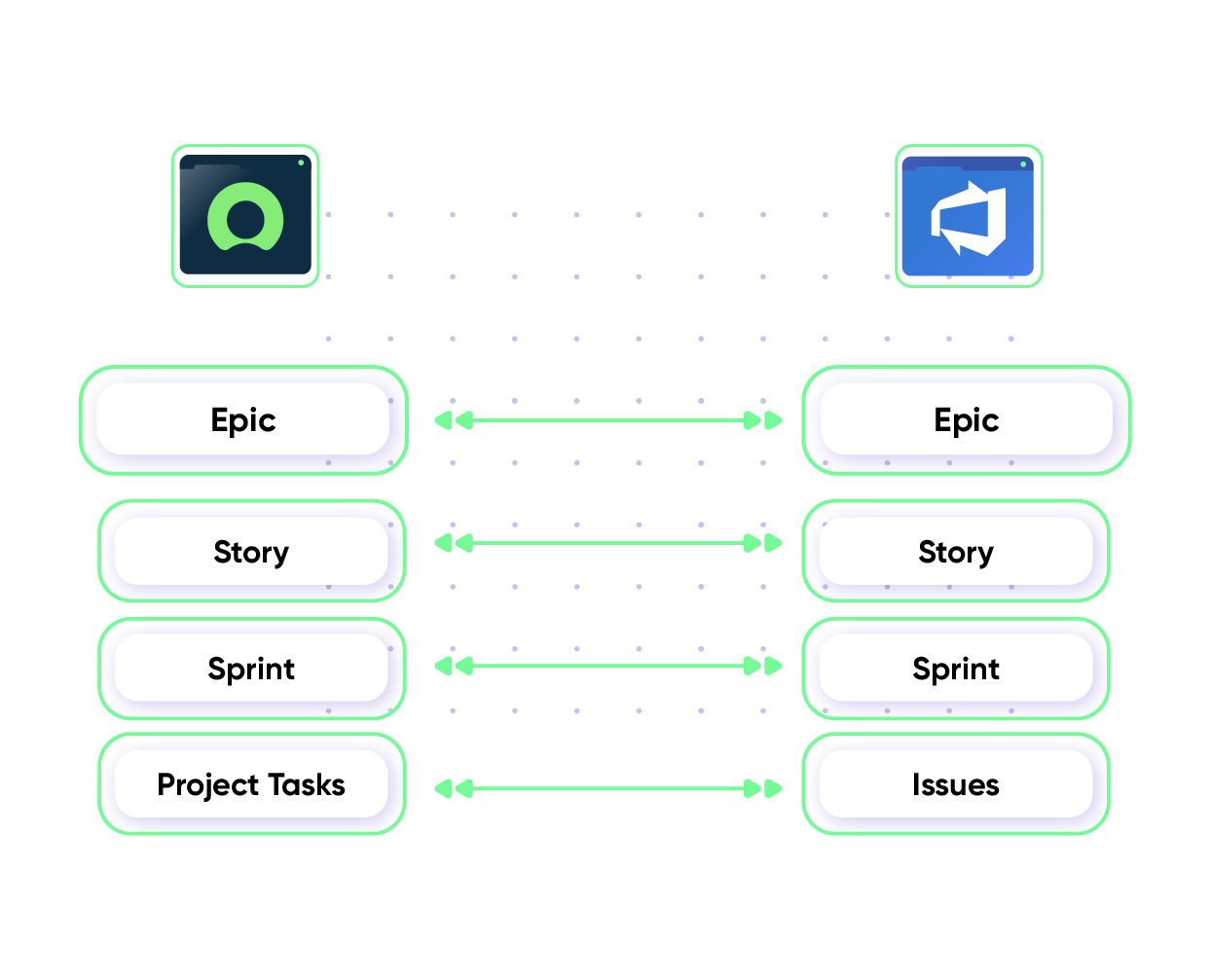
Sync Priority between ServiceNow and Azure DevOp
Maintain the same level of urgency across systems and teams. Give your ServiceNow entity the same level of priority as the Azure DevOps work item.
In practice:

def priorityMapping = [
“1 – Critical”: “High”,
“2 – High”: “High”,
“3 – Moderate”: “Medium”,
“4 – Low”: “Low”,
“5 – Planning”: “Lowest” ]
. . .
issue.priority = nodeHelper.getPriority(priorityName)
Sync Custom Fields and Statuses
Fetch data from ServiceNow custom fields and have them appear in custom fields in Azure DevOps. Track the statuses of important entities and work items for up-to-date progress monitoring.
In practice:

issue.customFields.”CF Name”.value = replica.customFields.”CF Name”.value
def statusMap = [
“New” : “Open”,
“Done” : “Resolved”
]def remoteStatusName = replica.status.name
issue.setStatus(statusMap[remoteStatusName] ?: remoteStatusName)
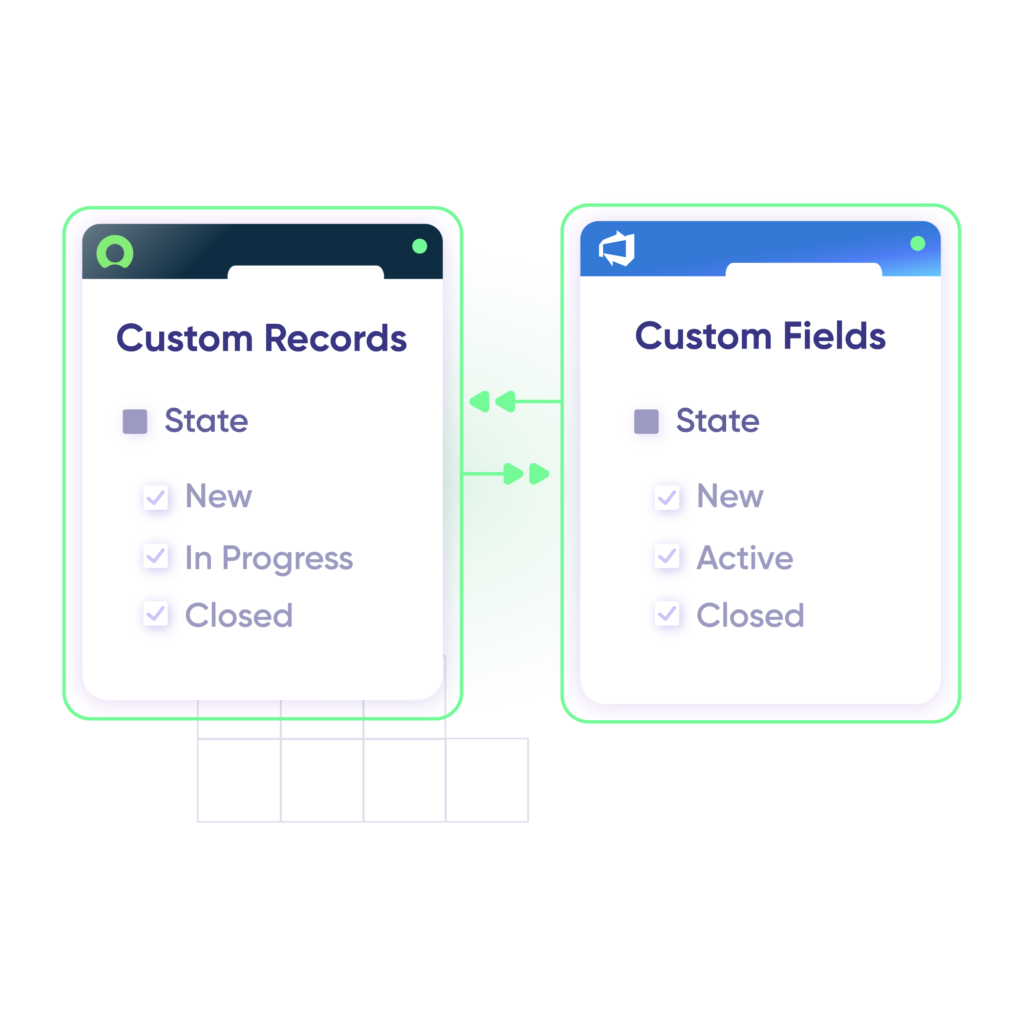
“
We can now handle around 500 customer incidents per week, thanks to Exalate, which is a very good result regarding the number of products we’re dealing with. It synchronizes 45x faster than our previous solution.
Christof Cuyper |

Always Ready to Help
Get timely assistance from the best support technicians in the business. Relax as we help you solve every sync-related issue and more.
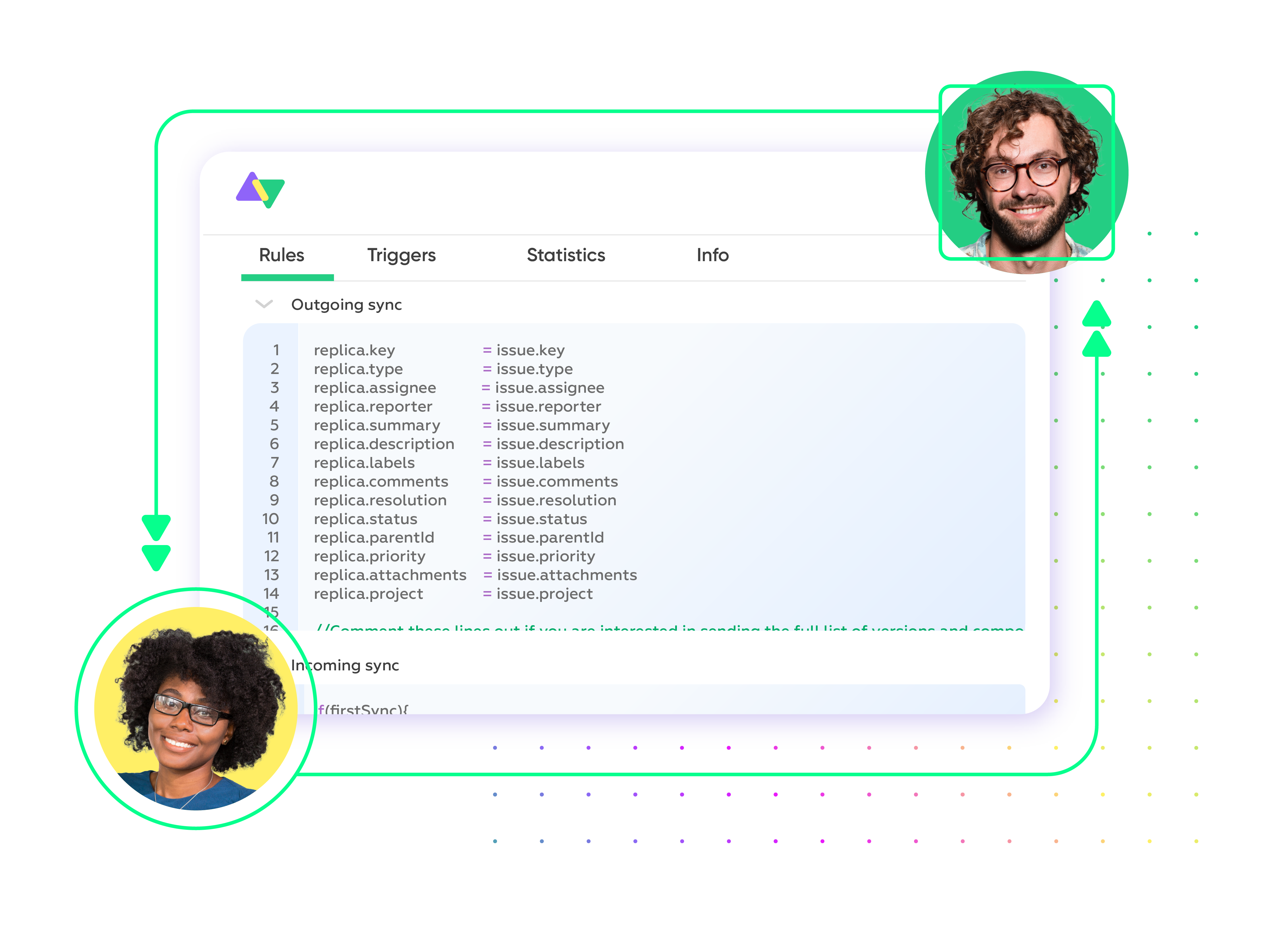
FAQ
Answers to the most frequently asked questions
You can sync custom fields, comments, attachments, descriptions, attachments, and every other ServiceNow entity.
For Azure DevOps, you can sync both the area and iteration paths as well as read-only values such as ChangedDate and SystemInfo.
The most common ServiceNow entities we sync are incidents, RITMs, change requests, problems, and catalog tasks.
To explore further sync possibilities, use the advanced scripting mode.
You can install Exalate for free to use the no-code Basic Mode for simple synchronization tasks. To get the advanced Script Mode, you need to buy the Premium Plan after a 30-day trial. Contact the sales team to get a more detailed pricing quote.
Exalate protects the ServiceNow integration with Azure DevOps using JWT access tokens, role-based access controls, HTTP (HTTPs), TLS 1.2 and 1.3, and multi-factor authentication. It is also ISO 27001 certified. You can find out more about it on the security whitepaper.
Exalate has a built-in error recovery mechanism that allows you to fix problems and resume synchronization from the moment it fails. You can use the troubleshooter to examine the error stack trace to determine if the error occurred at the entity, connection, or application levels.
Yes, you can connect Azure DevOps with ServiceNow change management and sync all necessary details like change type, reason, priority, assignment group, etc. You can also sync the ServiceNow agile module with Azure DevOps boards with advanced configurations and mappings.
Yes, Exalate supports single-tenancy, which minimizes the risk of information leakage at the infrastructure level. When a node is deployed on the Exalate Cloud, it runs inside a ‘Kubernetes pod’ configured to prevent information leaks.
Yes, you can use Exalate to connect multiple Azure DevOps and ServiceNow instances. Exalate also supports other ITSM tools like Jira, Zendesk, Salesforce, and GitHub. Check out our integrations for more information.
How useful was this content?
Click on a star to rate it!
Average rating 4.7 / 5. Vote count: 25
No votes so far! Be the first to rate this post.
We are sorry that this post was not useful for you!
Let us improve this post!
Tell us how we can improve this post?




















